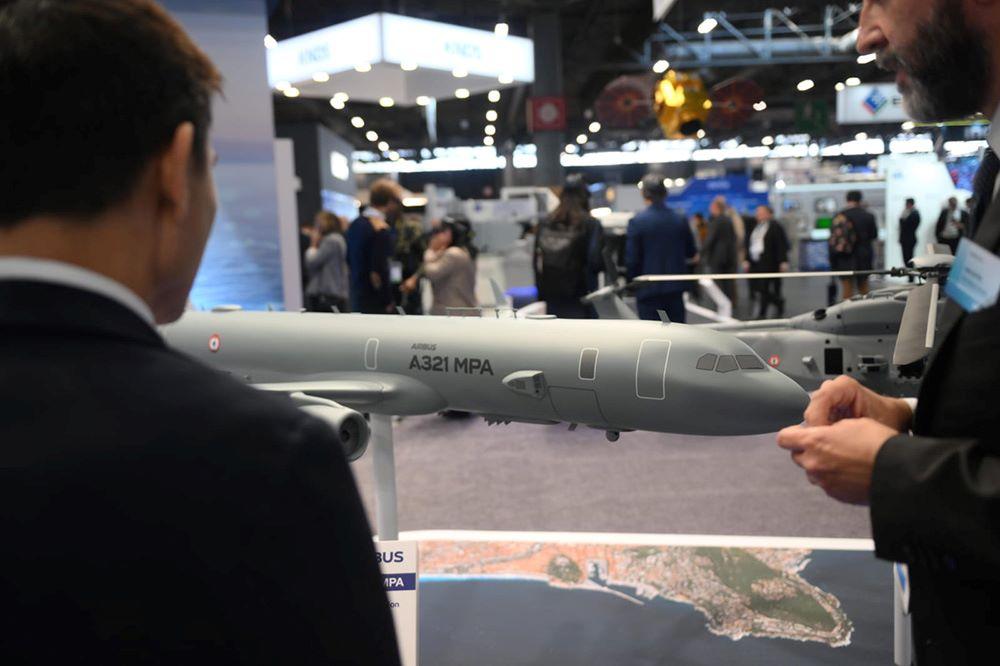
Credit: Airbus
Airbus has matured its concept for a maritime patrol aircraft based on its A320 narrowbody product line with proposals for a platform based on the newest member of the family, the proposed A321XLR. Presenting a model of the proposed aircraft at the Euronaval defense exhibition in Paris, held Nov. 4...
Subscription Required
Airbus Proposes A321XLR Airframe For Maritime Patrol Mission is published in Aerospace Daily & Defense Report, an Aviation Week Intelligence Network (AWIN) Market Briefing and is included with your AWIN membership.
Already a member of AWIN or subscribe to Aerospace Daily & Defense Report through your company? Login with your existing email and password.
Not a member? Learn how you can access the market intelligence and data you need to stay abreast of what's happening in the aerospace and defense community.





